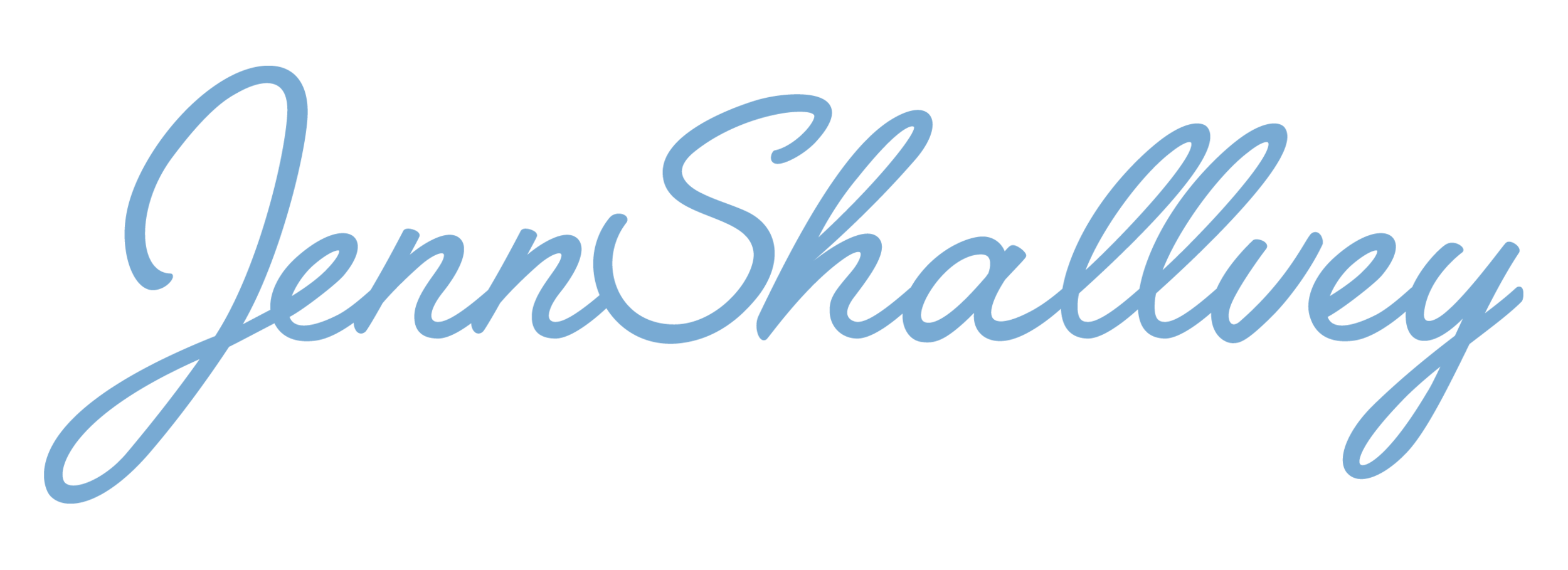Inner core kindness - A reflection practice
Shared from the recent newsletter - a reflection practice.
Kindness is universal. No one owns the word or the practice. It is inherent in who we are as human beings. Yet how often are we kind to others? How often are others kind to us? Let’s say there is room for improvement on all sides. No one is perfect.
Whilst you may not be able to control the way others act, you can choose your way. Choice is easier in our thoughts than action. Yes triggers and emotions are equally universal in our being human. Perhaps developing our ability to choose kindness seems achievable.
No matter your commitment kindness is a place of power. There is so much that can be done with it. Much lays dormant and unused. Yet here is a chance to develop this muscle you might say. Flex it and strengthen it until it is a core part of your being.
Many physical sports, yoga, dance etc talk about having inner core strength. Here the practice is to develop ‘inner core kindness’. For when you operate from such a place you approach the world around you with strength and compassion.
There are many old and new traditions offering and teaching kindness. It has a bit of a buzzword connotation to it these days. As such it can be superficial, throw away or disingenuine. What makes the real difference is when it comes from you authentically, for real on all levels – mental, emotional, physical and spiritual.
So this reflection practice is a suggestion of how to find your own way to be a kindness practitioner of sorts. Whilst there are many detailed ways to go let’s play with a few:
Define kindness in your own way.
Start your day with kindness.
Practice being kind in real life.
Review and reset for kindness.
Learn from your triggers and ‘out of kindness’ moments.
First define kindness in your own words and thoughts. No need to compare notes. Ask yourself what does it feel and look like to both receive and offer kindness. From such an observational inventory you will arrive at both ideal and practical suggestions. You can use this qualitative information as a way to explore. For example you might come up with one action that seems good to do. Then you might play with that idea during your day, week etc.
Each day start with kindness. Start with kindness to your self. Then start with kindness to others. It could be in your thoughts, your actions, your words. Whatever comes to you. Develop your own morning practice. Keep it simple so you enjoy, do and remember during your day. Some examples:
Meditation on kindness and sharing this with others.
Writing some thoughts in a journal.
Expressing out loud a declaration of kindness.
Visualise your day being kind. See you in your appointments and such being kind. Imagine this is how you will be.
Anticipate encounters and parts of your day that will not be easy to be kind and reflect on how to address.
Create a daily kindness goal/intention/mantra to come back to throughout your day.
Practice. Be. Do. Practice. Be. Do. You get the gist. Actually be kind. Easier said than done given our human habits and tendencies. A few ways to try of many:
Before you encounter another check in on your thoughts and feelings. Reflect to yourself how you are being kind to the other before you even interact. Are your thoughts supportive and constructive or not? Are your feelings helping or hindering?
Acknowledge what is real for you and choose a step to take. For example you may be frustrated with some service and you are calling a business to sort something out. Before you get on the phone see the other person as a person just like you. Imagine the interaction before you engage. Smile even. Yes smiling before you get on the phone. Keep remembering that the problem you are solving is not about you or the other person on the other end. Focus on that separately from the interaction.
Play with your personal definition of kindness through different ‘experiments’. See how it works, does not work. Adjust.
Review and reset. Find a time in your day, week, month to stop and consciously review how you see kindness. See it from two perspectives – self and others. Then see it from two actions - giving and receiving. The focus here is on embodying and living from a place of kindness. Through this wholistic review you can also learn from others. You see how they can be kind and adapt your own approach.
Learning from reality is the ultimate act of kindness. Often the expectations we and others set for kindness lift up the bar to perfection. When we do not achieve such standards it can be frustrating. This is where being kind to yourself for ‘not getting it’ is your ultimate kindness to self. Also when you ‘lose it’ and perhaps go astray in your thoughts or even actions you can stop and learn. As you practice, review, reset learn to see yourself with kind observation.
Overall this practice is simplifying an area that could be studied your whole life. To defer or delay because you might ‘need to learn more’ is not an excuse. Kindness can start now. Kindness is simple not complicated.
(Note: This practice complements the other practice called ‘Collecting Kindness’ that was included in a previous newsletter).

